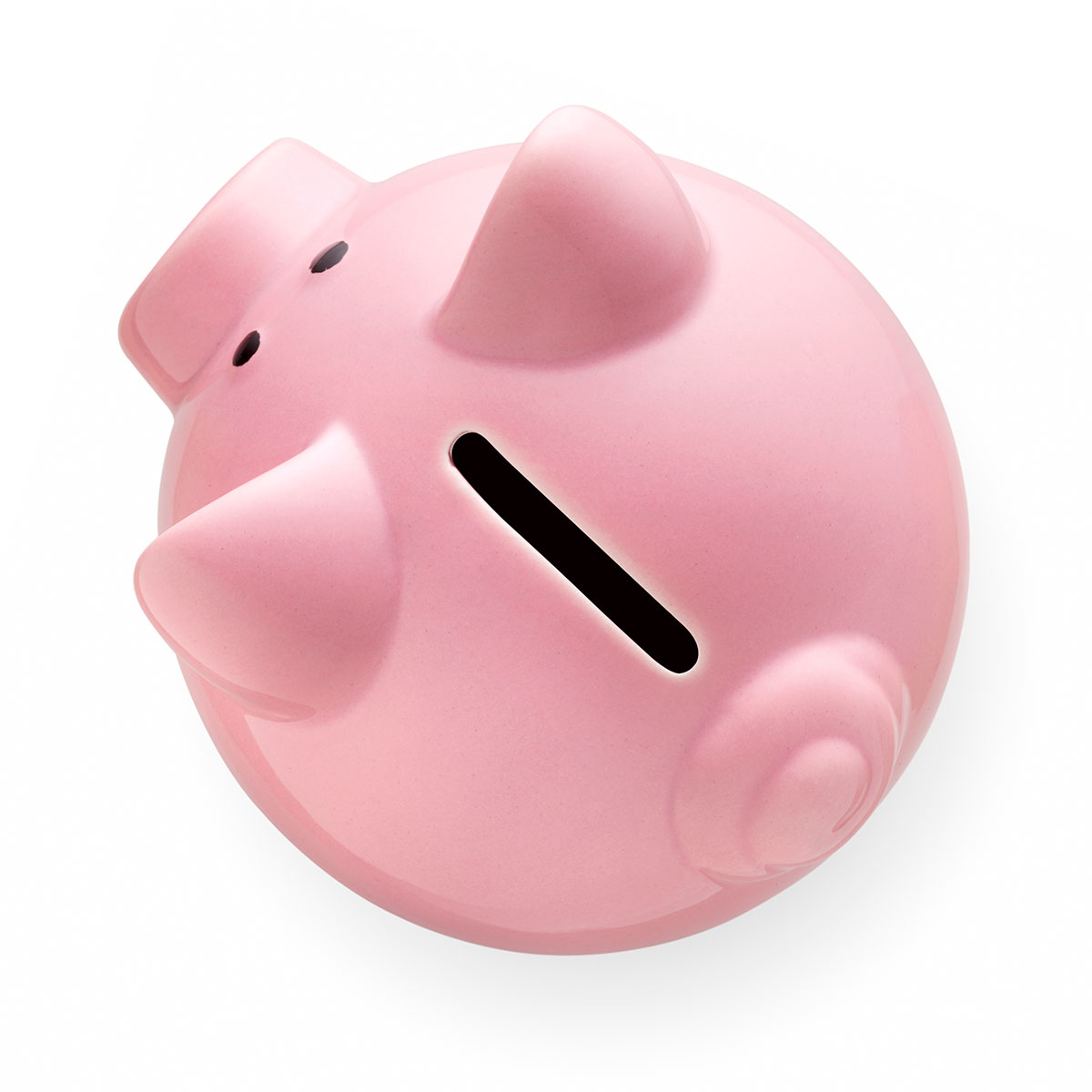Paying less at the dentist isn’t a magical secret known only to a few. And it’s not hard either. But you do need to think ahead, make good choices and have a plan. Here’s how to save the most at the dentist , without sacrificing the quality of your dental care or your health.
Get Regular Dental Cleanings
Yes, we know – when the budget is tight, the seemingly optional expenses are the first to be cut. But skipping cleanings (and dental checkups) is a false economy. Even if you are meticulous about sticking to your dental hygiene routine, you still need professional cleanings. You simply can’t remove plaque and tartar deposits – which contain bacteria that can cause tooth decay and gum infections – with your toothbrush and floss.
Here’s the thing – you’re almost certain to cut your dental costs dramatically by investing a few hundred dollars annually in cleanings and checkups. Without preventive care, you’re likely to face thousands of dollars in dental bills down the road. That root canal, a procedure that can save a tooth that is badly decayed, can cost $1000 to $1,300. The crown that you’re likely to need after the root canal will probably cost an additional $1,000 and up. Dentures and dental bridges typically cost from $3,000 to $4,500.
Dental decay is almost entirely preventable with regular dental care. Spending a little on dental checkups and cleanings will save you a lot over the long run.
Brush Your Teeth Correctly
You might figure that vigorous brushing is more likely to remove food debris and just-forming plaque than a gentler approach. But the truth is that forceful brushing can actually cause cavities, tooth decay and gum disease.
Even though tooth enamel is the toughest tissue in the human body, it can be damaged by forceful brushing. The enamel that covers your teeth is comprised of tiny, tightly-packed rods of minerals. Each rod is comprised of millions of carbonated hydroxyapatite crystals, and the rods in single tooth range from 5 million in the lower lateral incisor to 12 million in the upper first molar.
And since enamel has no living cells, the body cannot repair it if it is damaged. So it’s especially important to protect it from chips and cracks. Brushing your teeth with a side-to-side motion can cause the rods to weaken and break. Instead, position your toothbrush’s bristles at a 45-degree angle to the surface of the teeth and brush gently in small circles.
Be especially careful when brushing near your gums – hard, side-to-side brushing here can cause irritation that can lead to infection and receding gums. But it’s equally important to clean the gumline properly. Plaque, tartar and bacteria tend to congregate here, so take your time and do a comprehensive job. Rinsing with water or your favorite mouthwash can help to dislodge debris, along with flossing. Yes, flossing – ask your dental hygienist for tips on effective flossing.
Rather than whipping through tooth cleaning as quickly as possible, and assuming a brisk brushing will degunk your teeth take it slow and be through. Focus on brushing just a few teeth thoroughly, then move on to the next few, and so on until you’ve brushed our way around your entire mouth. Doing a good job should take you about three minutes – surely we can all spare three minutes to have strong, healthy teeth?
Develop Good Dental Health Habits
Along with at-home hygiene and regular dental checkups, maintaining a healthy lifestyle will benefit your teeth along with your entire body.
A balanced diet containing plenty of whole grains, fresh fruits and vegetables, lean protein and limited amounts of fat and processed food is the best way to stay healthy. You also want to keep sugar and acidy foods to a minimum for optimal dental health. Sugar feeds harmful oral bacteria that leads to tooth decay, acids – such as citrus juices, some sodas and “sports” drinks – weaken your tooth enamel and can cause cavities.
Even sugar-free foods such as candies and other fruit-flavored snacks can include citric acid and phosphoric acid, which can eat away at your tooth enamel. And any carbohydrate that clings to your teeth – think sticky candies, dried fruit, and caramels – provides a steady source of fuel for oral bacteria. A small candy bar is actually better for your teeth than a bag of raisins.
After indulging in a sugary or acidic snack, the best thing to do is to rinse your mouth with plain water. If you can’t rinse, chew sugar free gum to help to increase saliva flow which will help to neutralize the acid levels in your mouth.
And do stay hydrated. Dry mouth sets you up for dental decay, as saliva washes away food debris and helps keep your mouth clean and healthy. If drinking water still leaves your mouth feeling dry, talk to your dentist about mouth rinses, gum and other treatments that support better saliva flow.
Have a Plan For Dental Care
Dental insurance aims to help cover the cost of dental treatment. The typical cost of an individual dental insurance policy is around $350 a year. For a family, the cost is around $550, annually. For this, you typically get all of your preventative care – cleanings, checkups and x-rays – for free or very inexpensively. Basic treatments such as fillings are covered up to 80% of the cost, and your insurance will pay 50% of more complex procedures such as root canals and crowns.
One thing to be aware of is that dental insurance policies generally limit coverage to $1000 -$1,500 a year. When your dental costs go over that limit, you then have to pay for your own dental care for the rest of the year out of your own pocket. The limit is called a “cap” or a “maximum amount.”
If your dental care costs go over the amount of coverage offered by your dental insurance policy, or if you don’t have dental insurance, you can still save money at the dentist with a dental savings plan.
Dental savings plans are an affordable alternative to traditional insurance. Plan members get discounts of 10%-60% on their dental care from dentists who have agreed to accept a specific plan. Dental savings plans have no annual caps and no restrictions on obtaining care for preexisting conditions.
Carefully consider your options – dental insurance, a dental savings plan, or self-insurance (banking the amount you’d pay for insurance in your own health savings account), and then choose the option that’s right for you.







